How Many Watts of Indoor Led Grow Lights Do the Seedlings Need?
Planting seedlings is a good way to start an outdoor garden. One of the challenges of indoor planting is to ensure that your seedlings get the right amount of light to thrive. The seedlings of the indoor led grow lights need about 32 watts per square foot, while CFL needs 100 watts for each plant. They also need the right color temperature to grow and thrive, so choose a temperature range of 3500 to 6500 Kelvin.
Next, please read how to find suitable indoor led grow lights to ensure that your seedlings and tomatoes get the light needed for growth and how to maintain the health of succulent plants when the sun is not enough.
Indoor Led Grow Lights Power for Seedlings
A seedling is essentially a recently germinated plant. Seedlings that start indoors need enough light to grow to the size and intensity of an outdoor garden or flowerpot. However, indoors, you usually do not get enough sunlight to grow healthy seedlings, so you need to use indoor led grow lights to supplement indoor light to grow into healthy plants.
The two most common indoor led grow lights used by family gardeners are light-emitting diodes (LED) and compact fluorescent lamps (CFL). Both LEDs and CFLs are energy efficient, which means they use less wattage than conventional incandescent bulbs when producing the same amount of light. When comparing seedling indoor led grow lights, please remember that watts measure the energy used by the lamp, but do not indicate the amount of light emitted.
Therefore, no matter which bulb you use, many growers recommend using lumen output when determining growth lights suitable for seedlings.The higher the lumen number, the brighter the indoor led grow lights.
Lumens
The indoor led grow lights need to provide about 2000 lumens per square foot of the seedling growth area. Without the right amount of light, plants will not be able to thrive. A seedling that cannot thrive due to lack of light will look slender and stretched because it will not grow thicker and greener, but will continue to grow upward in an attempt to get more light. Besides lumen, you also want to ensure that your indoor led grow lights provide the right color temperature to promote plant growth.
Color Temperature
Light is measured by wavelength, which determines its color. A indoor led grow lights has a color temperature, which indicates the color of the light it will emit, in Kelvin. The warm (red / yellow) light is 1000-3000k, and the color above 5000K is cool or blue. Plants cannot use all colors of light equally. Most plants mainly use blue and red light. But they also need more wavelengths for seedlings and other fruits and for flowering.
Although many seedlings rely most on blue light, many indoor led grow lights provide full spectrum light to ensure that plants have proper light throughout their growth cycle. For example, a control study on growing Brassica rapa (which has many varieties, including radish, Chinese cabbage and Chinese cabbage) found that full spectrum light produces higher, greener plants than blue or red light.
Types of Indoor Led Grow Lights
LED lamps and fluorescent lamps are usually used to grow seedlings indoors and can be used as full spectrum growth lamps. The choice of CFL or LED is mainly a matter of preference. CFL is cheap and energy-saving, but not as efficient or durable as LED. They are suitable for conventional fluorescent light installations and may get hot, which means you need to pay attention to their distance from the seedlings to avoid burning them.
LED plant growth lamps are more expensive than CFL, but their life is longer and their power consumption is only half that of the latter. LEDs generate less heat than CFLs, which helps reduce space. In addition, LEDs are an environmentally friendly option because they do not contain CFL mercury, which can leak if CFL bulbs break.
How Much Light Should Seedlings Get?
Seedlings that start indoors need bright light to produce healthy root, stem, and leaf growth, thus making a healthy transition to an outdoor garden. Generally speaking, seedlings need 16 to 18 hours of light a day. Usually, the indoor led grow lights is located at 4 to 6 inches from the top of the seedling, and rises with the growth of the seedlings to keep the same distance.
How Many Watts Does A Seedling Need?
Wattage is not a measure of light output. It is better to use lumen to measure light output, whether you use LED, fluorescent lamp, HID or HPS grow light. In addition, there may be a significant difference in the number of Watts between different lamp types (LED and hid) and manufacturers. For example, the indoor led grow lights may use 20 watts, while the HID grow light may use 2000 Watts, which is 100 times the energy usage. Compared with the traditional high pressure sodium (HPS) grow light, the use of 1 watts of high strength LED can reduce the number of required growth lamp tiles by more than 90%.
What is the Watt of Indoor Led Grow Lights Required for Seedlings?
The watt of LEDs does not determine how much light your seedlings receive, which means it may be difficult to know if your seedlings have enough light based on the wattage alone. However, the rule of thumb is to use 10 – 30 watts of light, in which case you can use less watts for weak light plants and more watts for plants that need high light.
A simple way to measure whether LED lights provide enough light is to observe the growth of seedlings. If they are slender, sparse, and widely spaced, they don’t get enough light. You need to do one or more of the following:
- Add light quantity
- Shorten the distance between the lamp and the seedling
- Increase the time they spend under the growth lights every day
In summary, you can use lumens per square foot of growth area to calculate led and CFL growth lighting. To estimate the required light according to the tile number, you can approximate the planting area of the grow lights to 32 watts per square foot, while CFL is 100 watts per plant. Also make sure you choose the right color temperature for your seedlings to optimize their growth.
About Bbier
Shenzhen Bbier Lighting Co., ltd, Professional Commercial LED Lighting Supplier. It was founded in 2008 LED luminaires manufacturing organization (Factory), Our factory has ISO9001: 2008 standard and leader in manufaturing all series of innovative energy saving projects LED luminaires for United States wholesale distributor (Importer) and solution company of lighting. Mainly product categories: UFO LED High Bay Lights, LED Grow Lights, LED Post Top Lights, Solar Post Top Lights, LED Shoebox Lights, LED Stadium Lights, LED Street Lights, Solar Street Lights, LED Gas Station Lights, LED Corn Light Bulbs, LED Flood Lights, Temporary Work Lights, Explosion Proof LED Lights, LED Canopy Lights, LED Classroom Lights, LED Emergency Lights, LED Exit Signs, LED Office Lights, LED T8 Tubes, Linear LED High Bay Lights, LED Dock Lights, LED Garden Lights, LED Industrial Lights, LED Retrofit Kits, LED Wall Pack Lights, Portable LED Work Lights, Rechargeable LED Work Lights, Solar Flood Lights, Solar Lawn Lights,Solar LED Garden Lights, Solar LED Yard Lights,etc. We have 10 Years of LED Lights Development Experience, 50 LED lights patents, 200 LED Lights Certifications, all LED products have 5 Years Warranty and ETL DCL Listed... View More
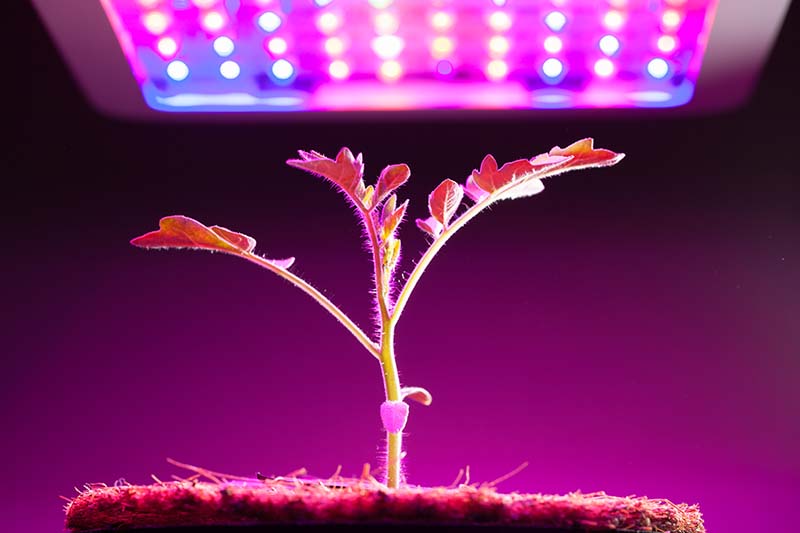
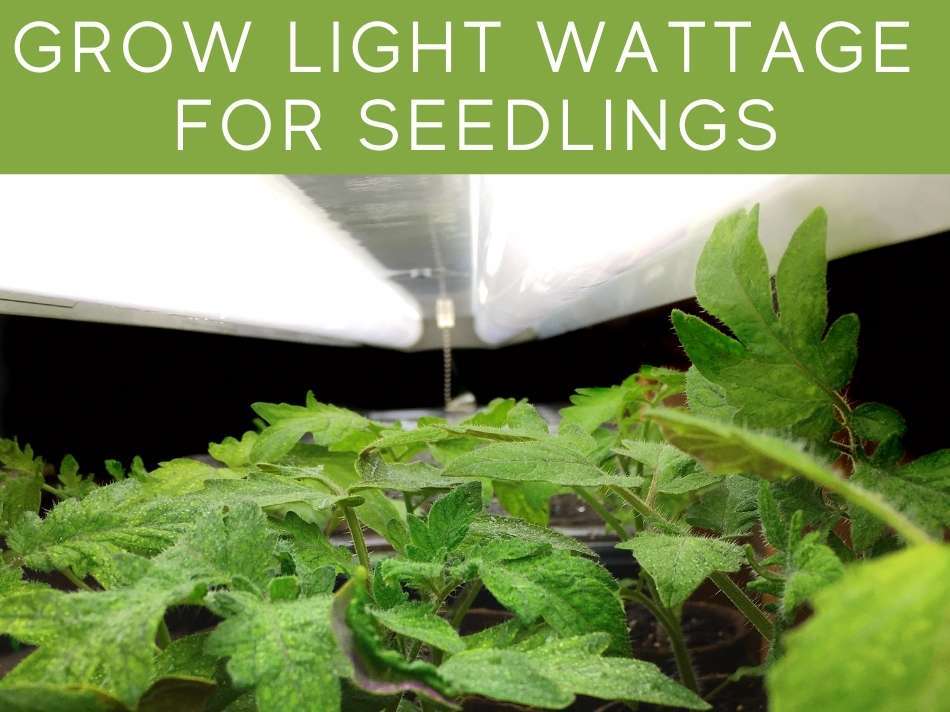
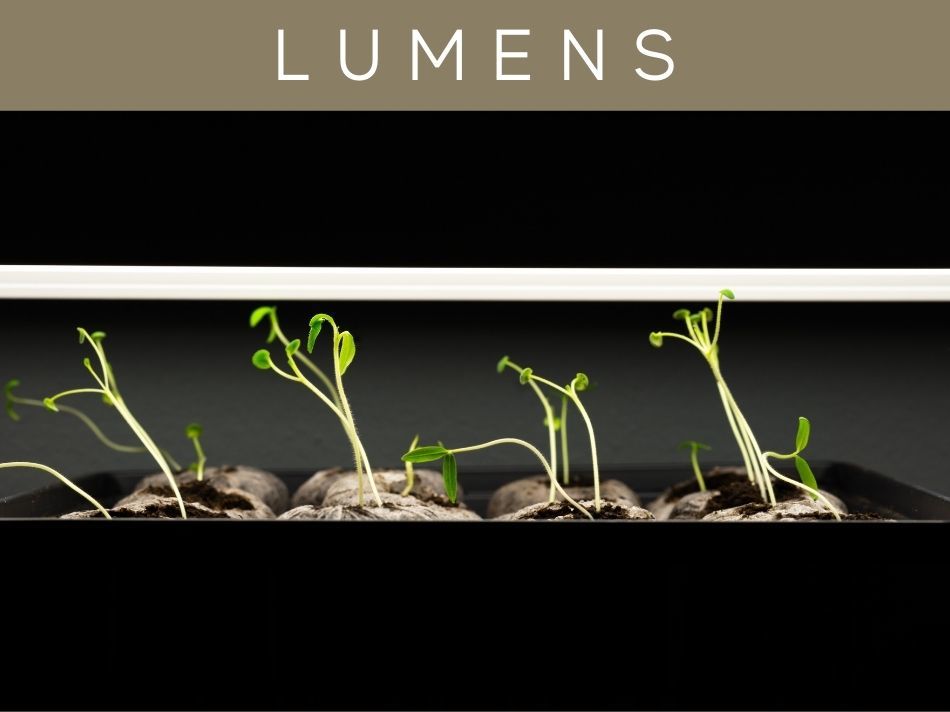
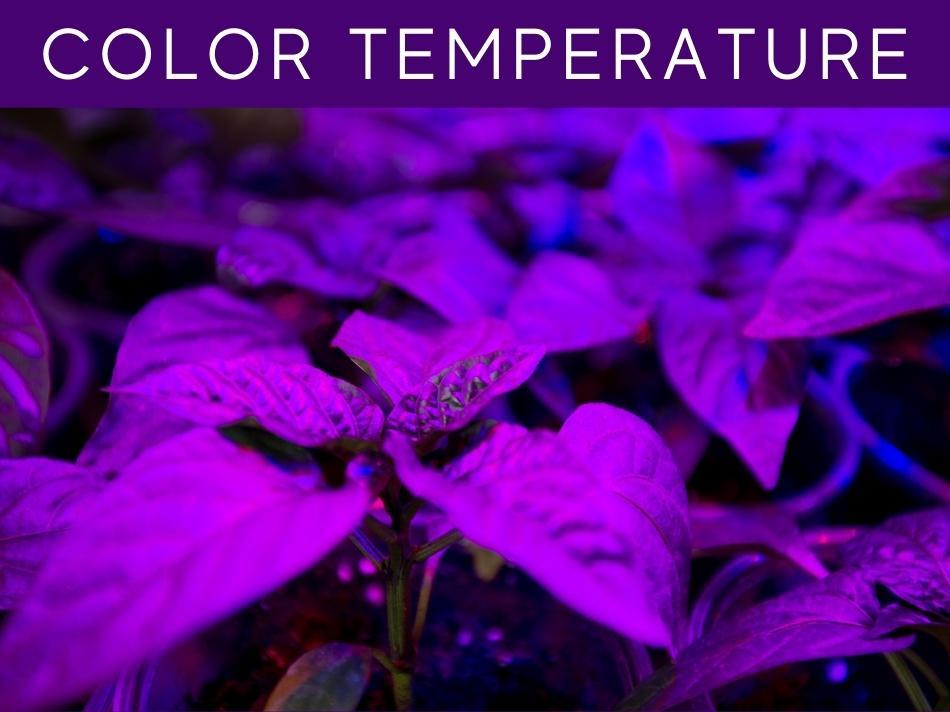
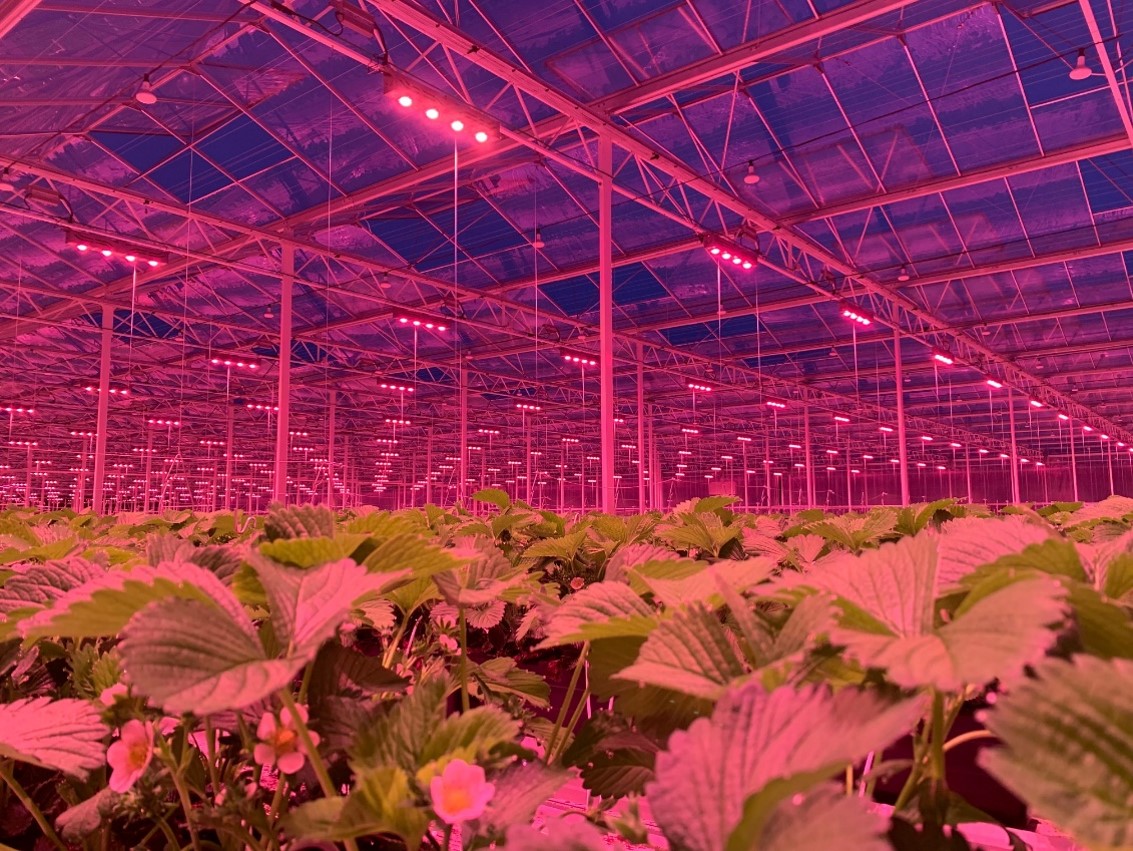
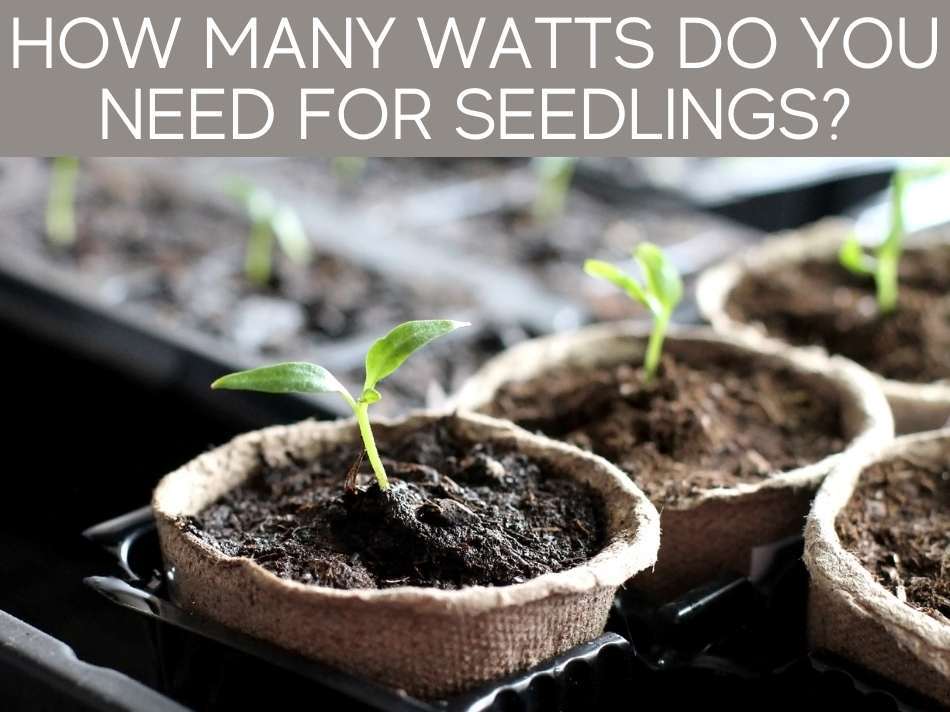
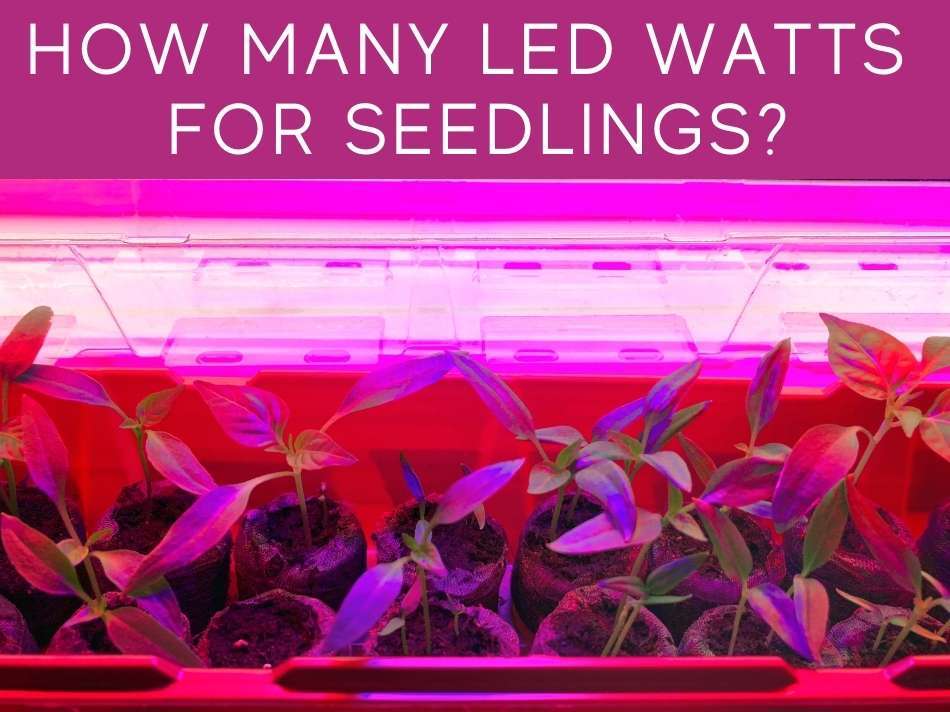
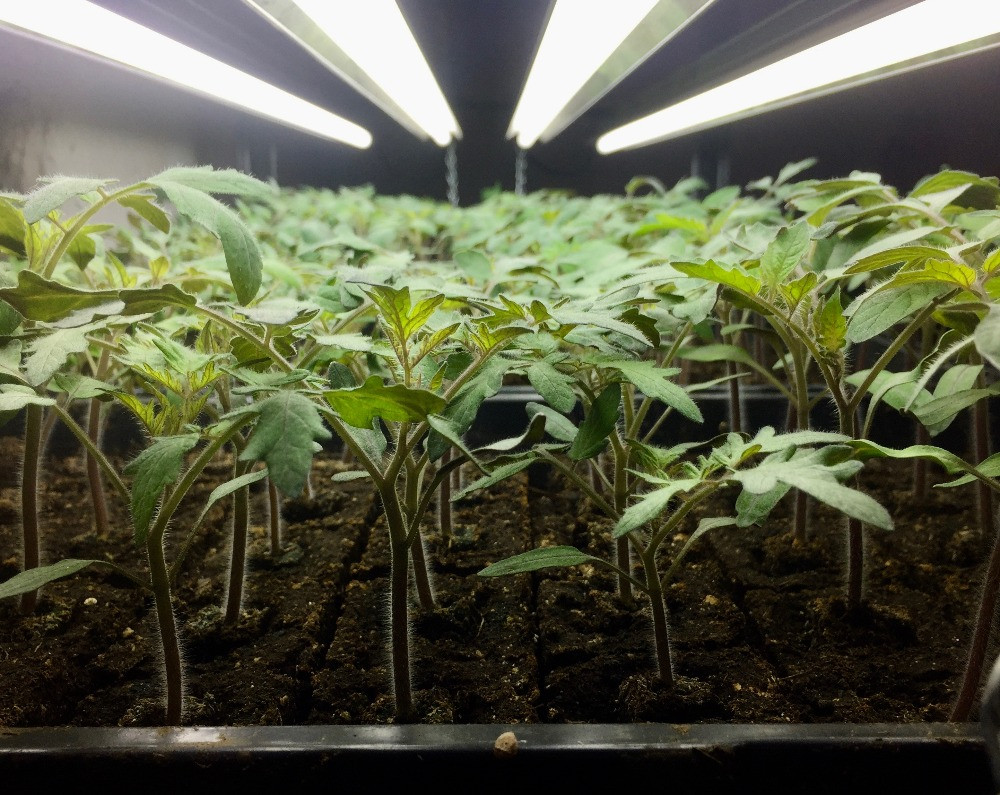


0 条评论:
发表评论
订阅 博文评论 [Atom]
<< 主页